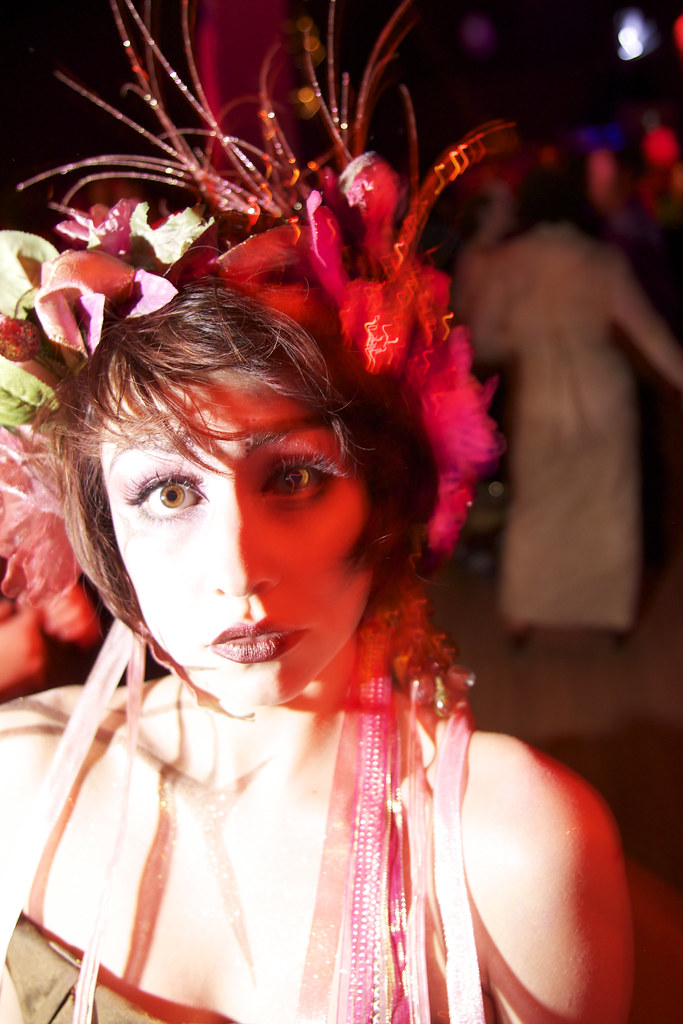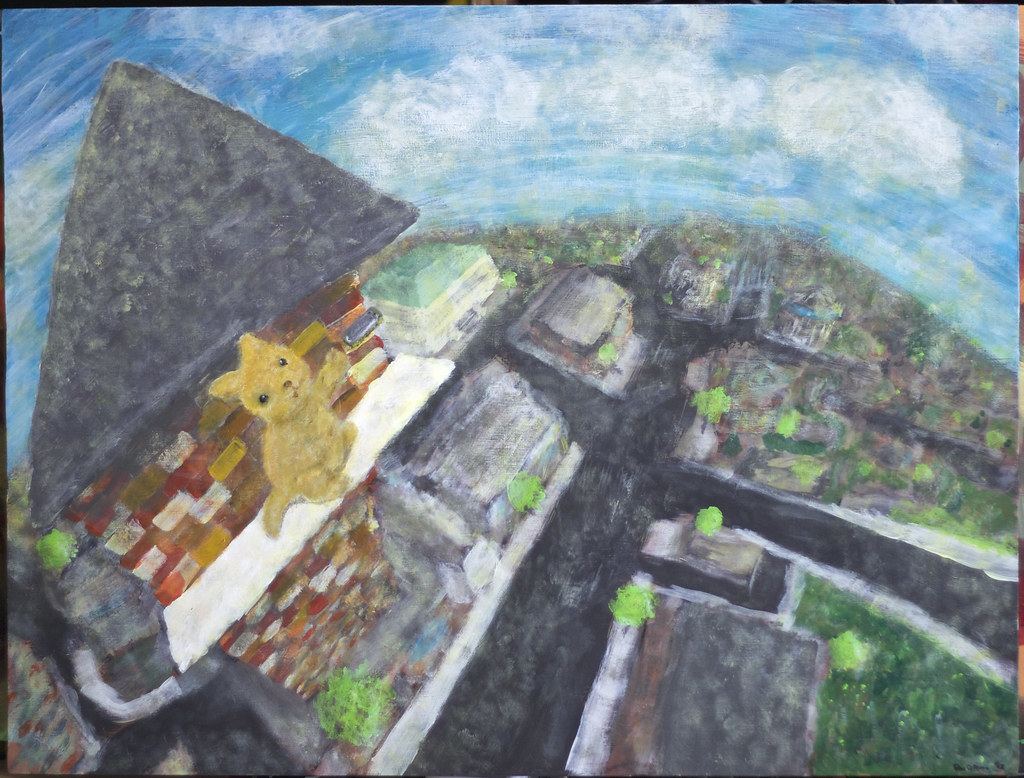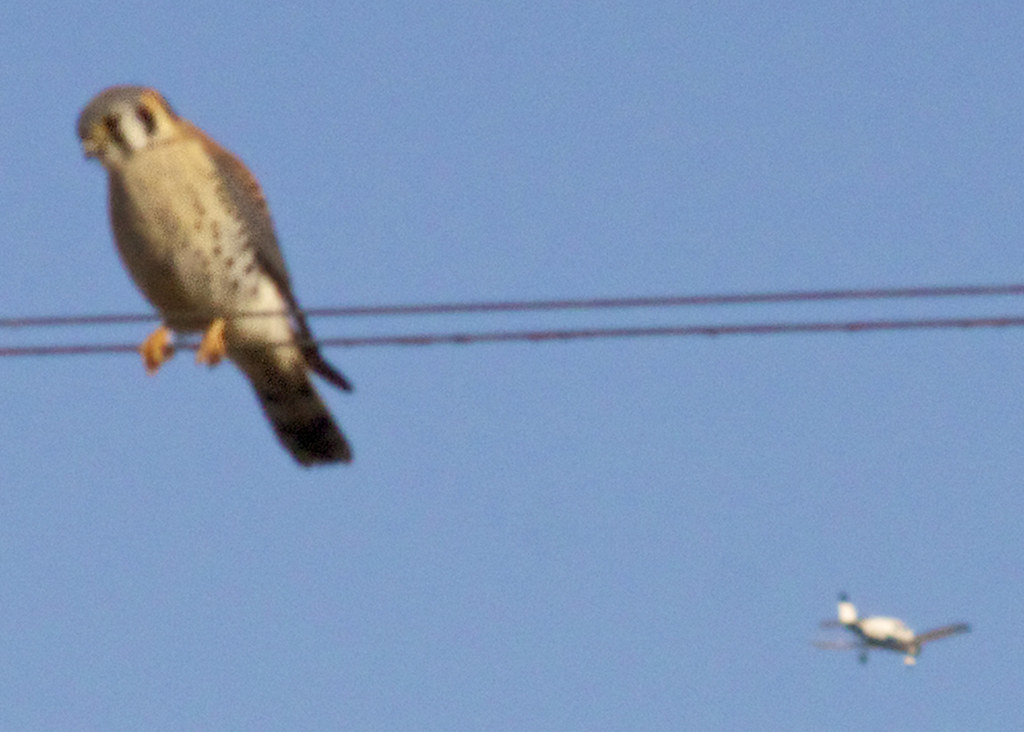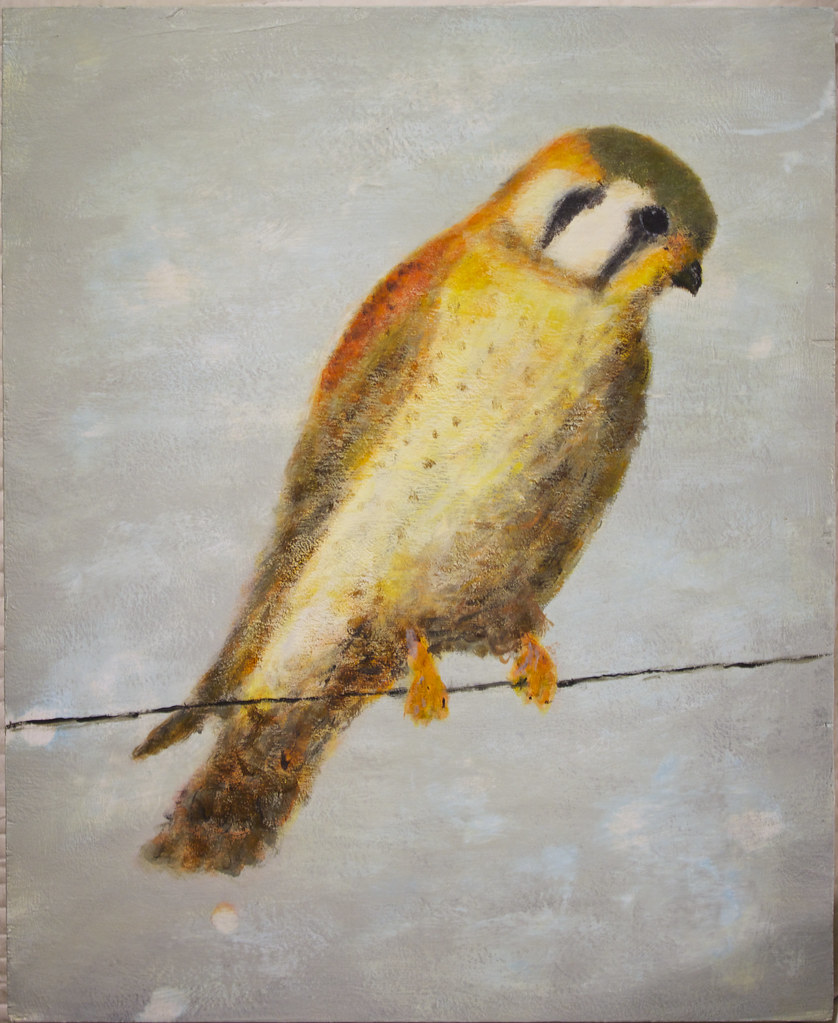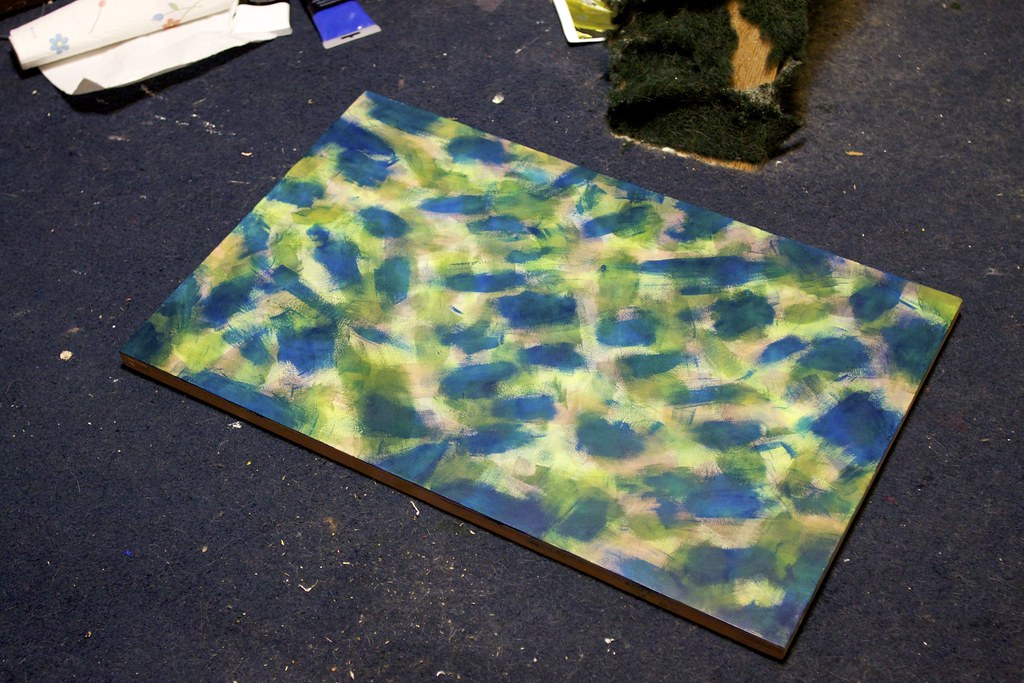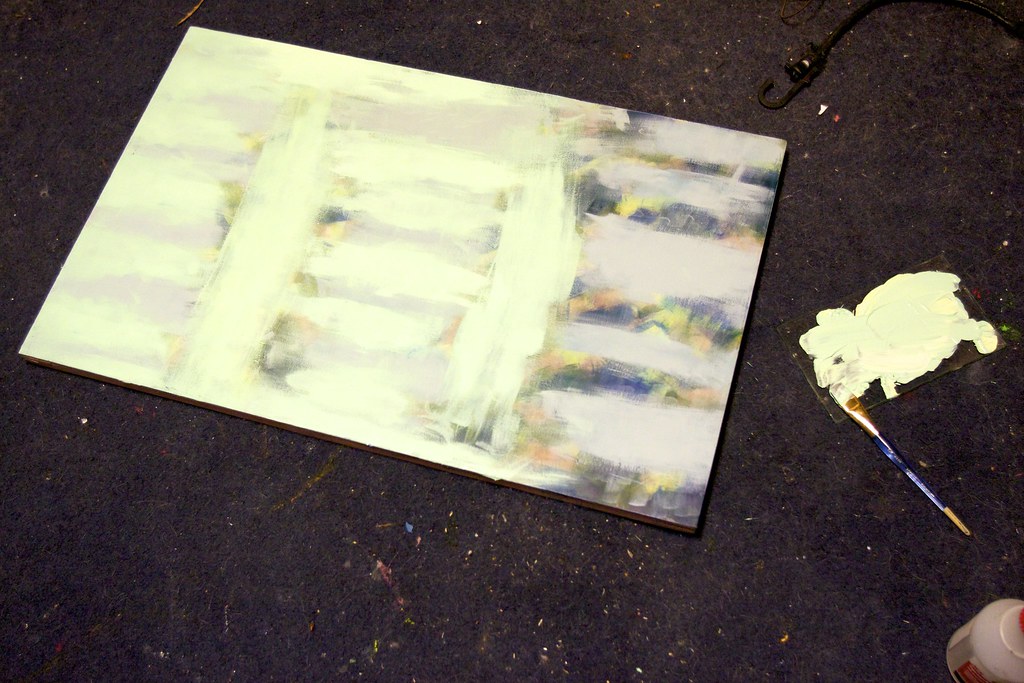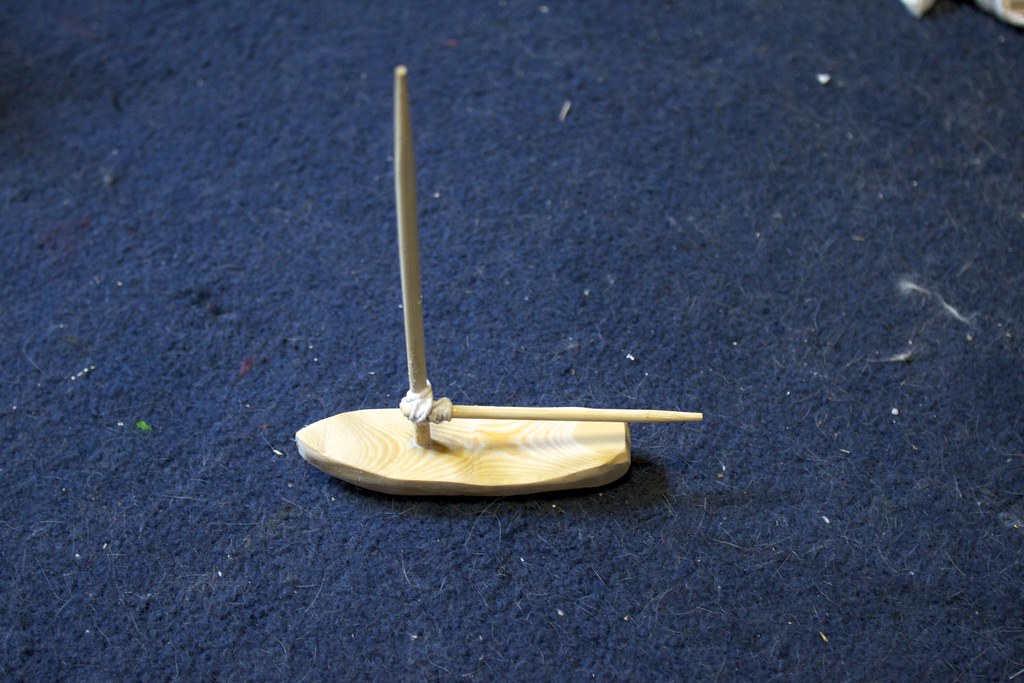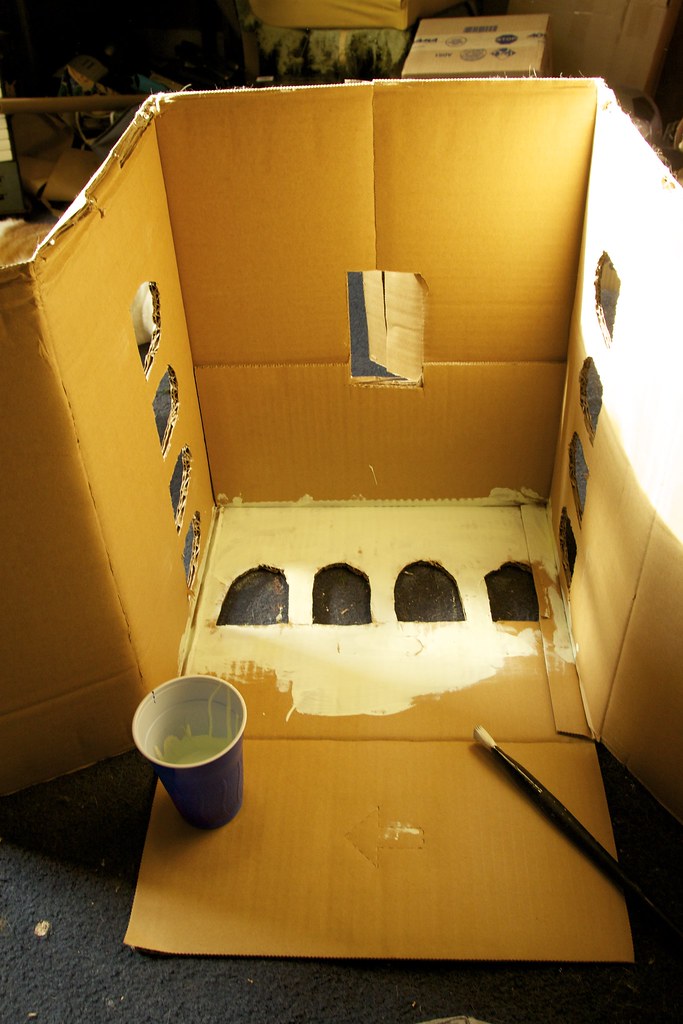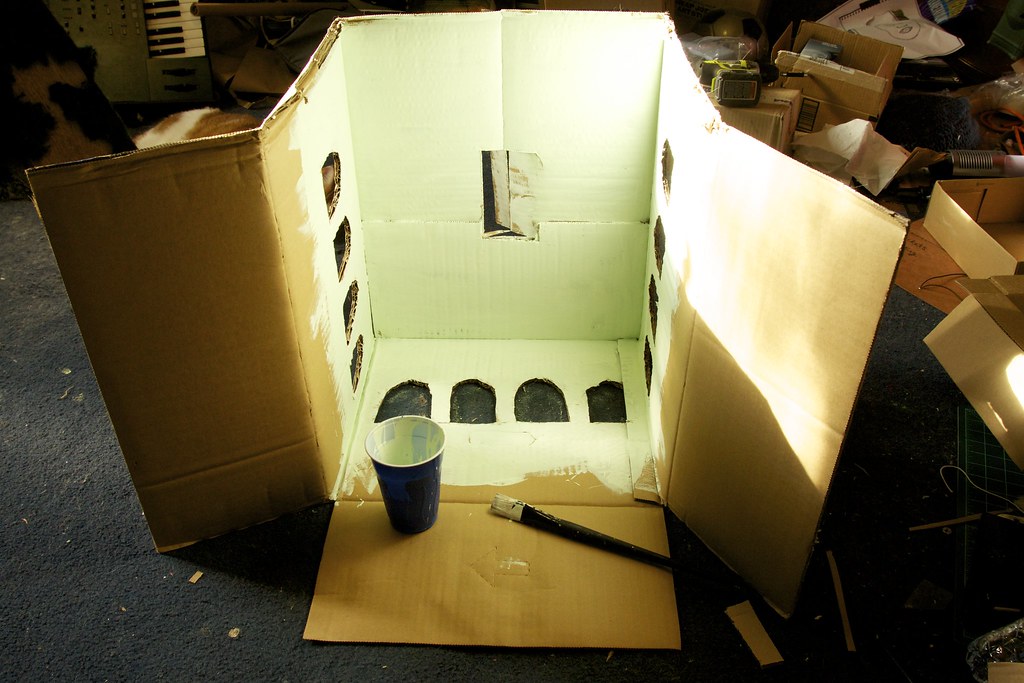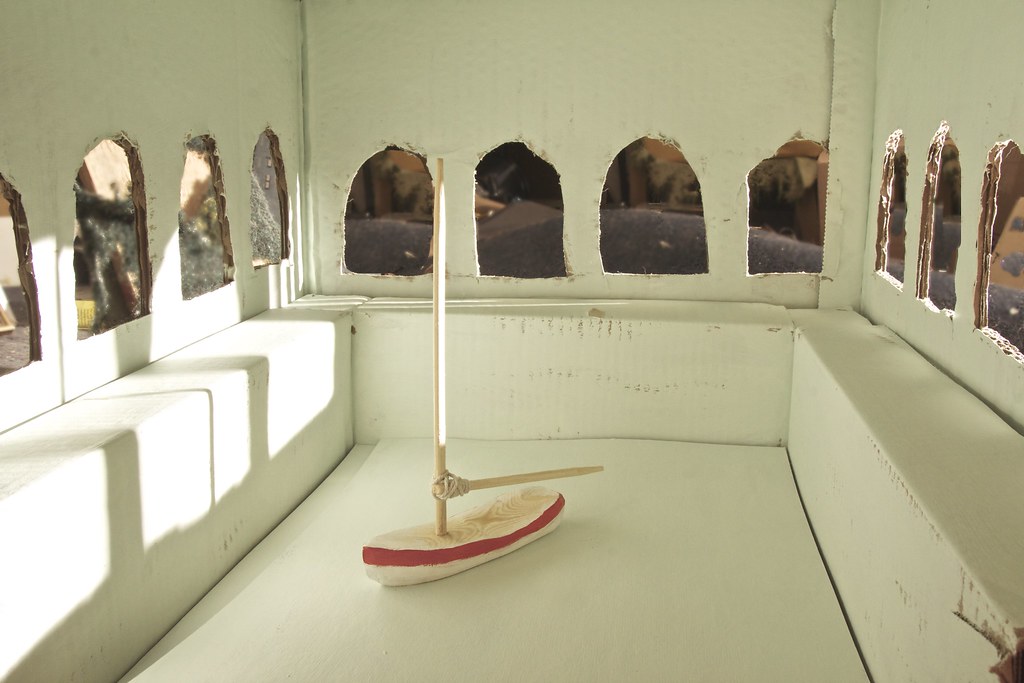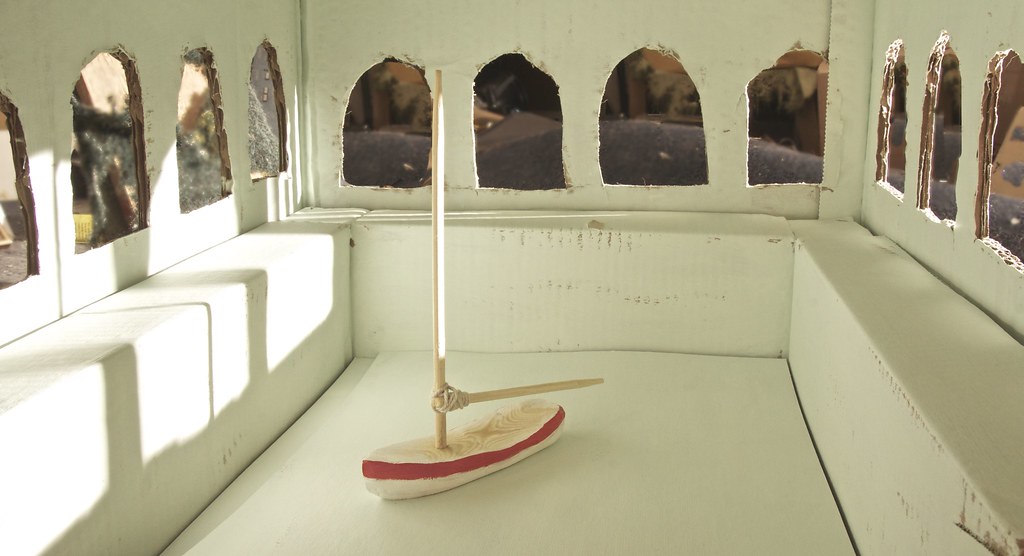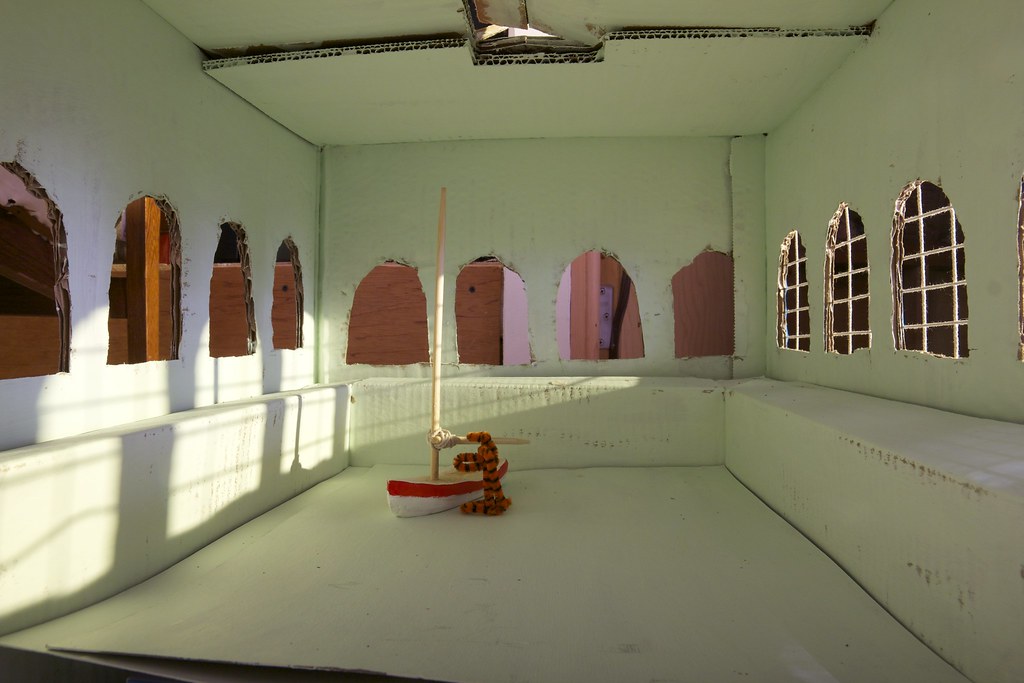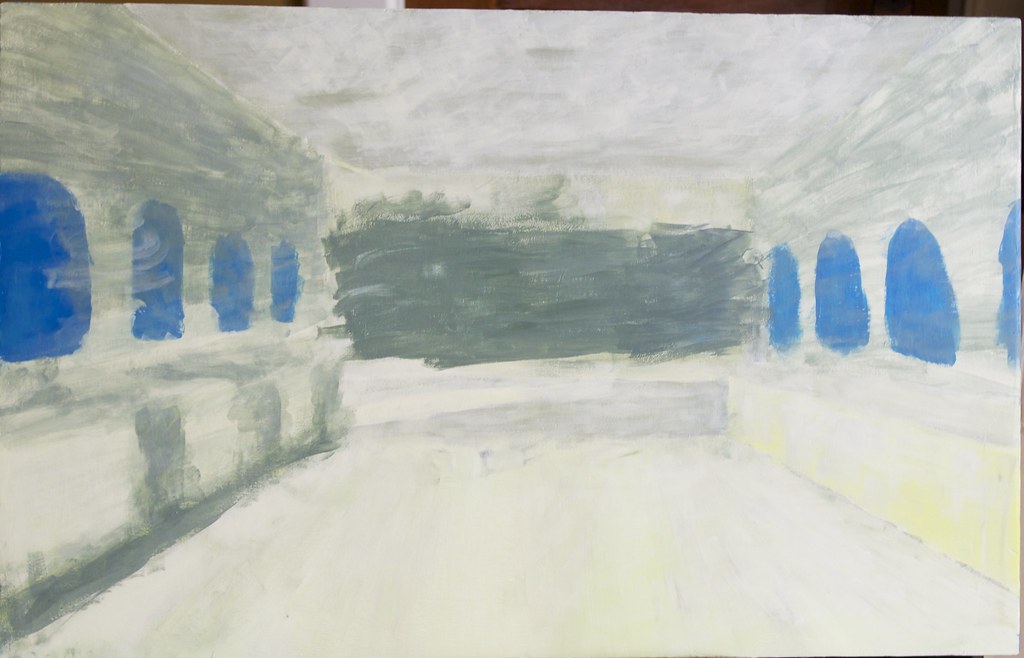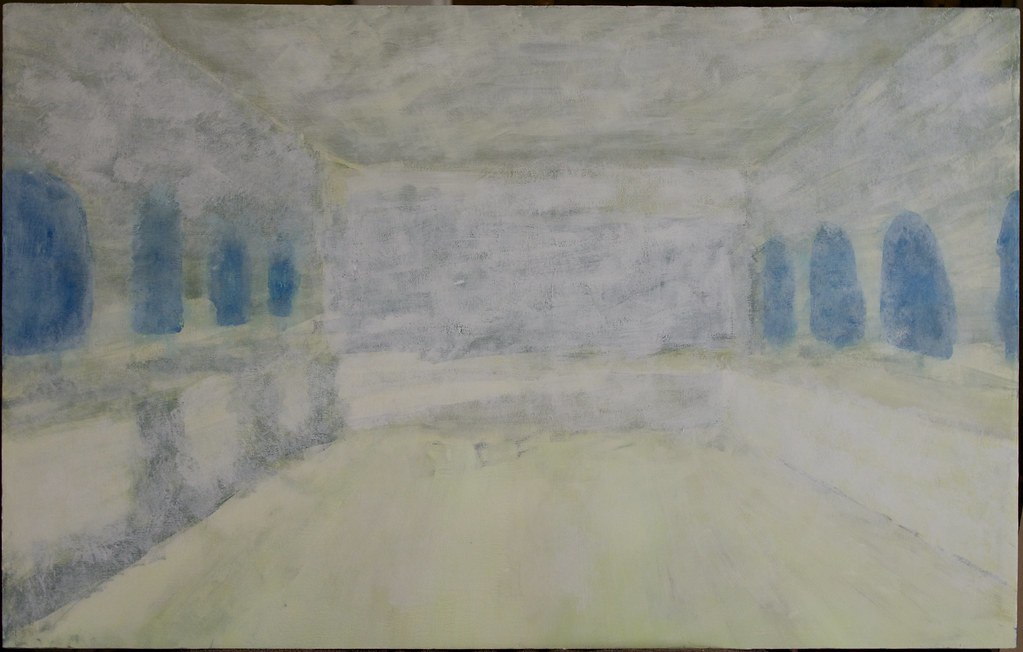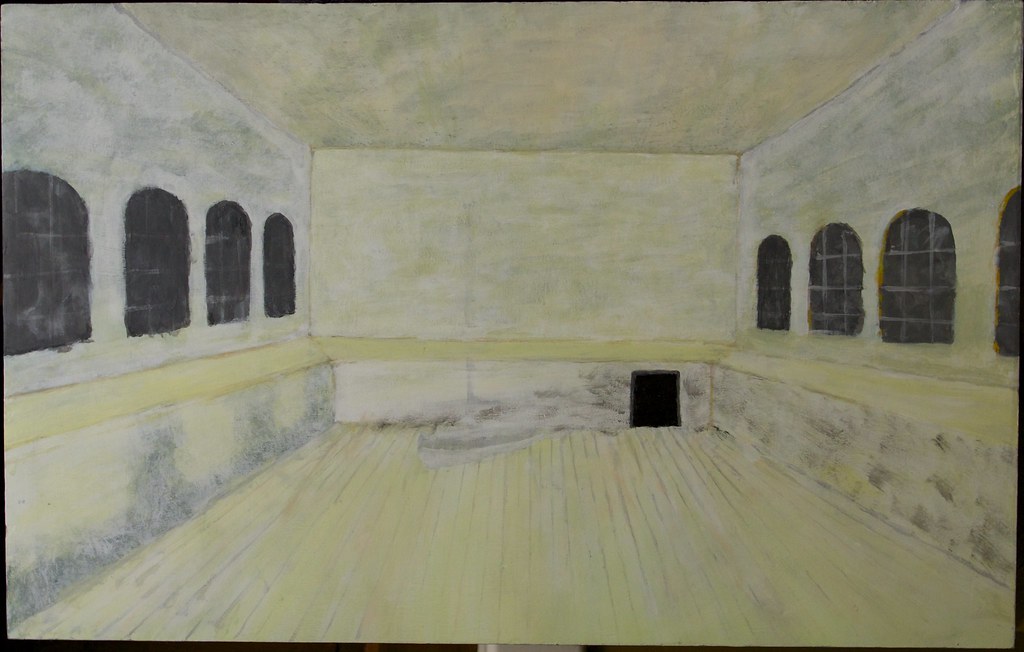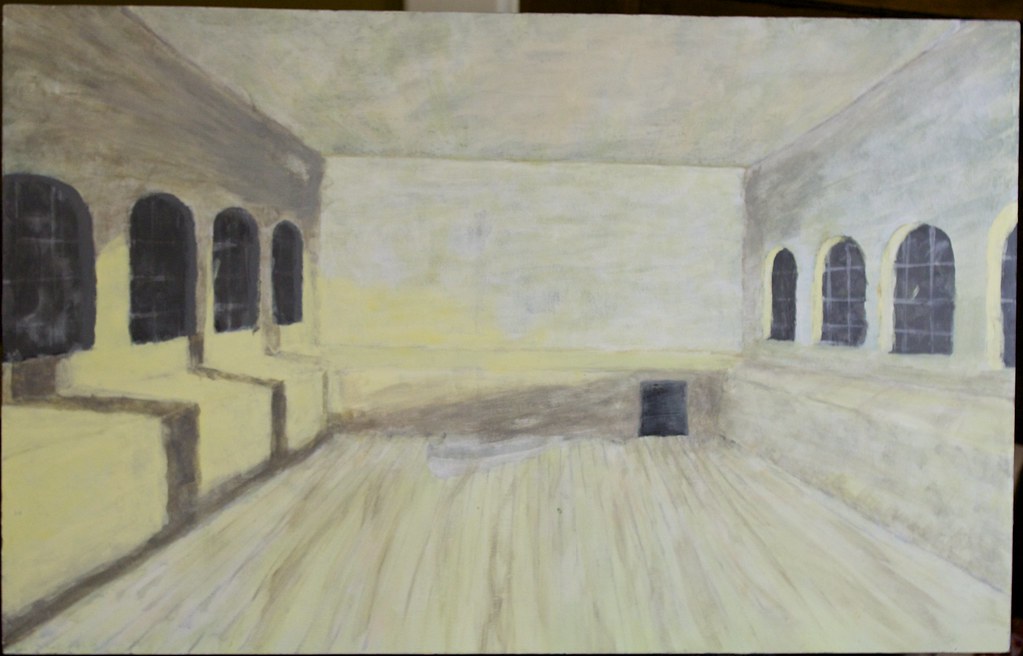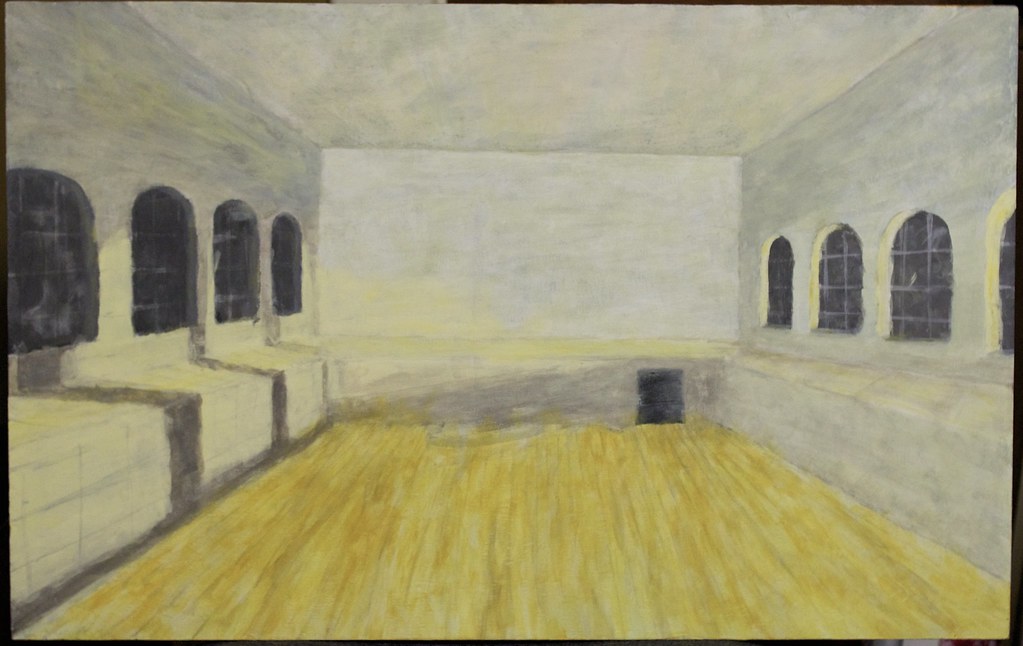
I've spent most of my life doing photography. Taking pictures in all sorts of ways and for all sorts of reasons. More lately, one of the things I've come to appreciate about photography is that it allows you, or encourages you, to look at things in an additional way. To consider the thing you're looking at. To analyze it.
I know I'm not alone in this feeling, and I think it's a big part of the reason that a lot of people become immersed and involved with photography as an art and a skill, rather than just as a means to gather keepsakes. It is a formalizing of seeing things. A disciplining.
For what it's worth.

Over the past month or two, I've started painting. Mainly I did this as a way to produce larger outputs. I can't afford a big printer, or lab fees to send stuff out. And that process annoys me anyway. There's too much of bringing in other influences into the work. The lab people, the equipment, the remoteness of it all. But mainly it was the money. I needed a way to produce output for shows and for sale that I could afford. I started by producing segmented prints, on my letter size printer, and stitching those together. I had to get paints to touch up the seams on these stitched prints, and after a few of those, I realized I was painting quite a bit of the image anyway, so why not cut out the intermediate step? So I just started painting the images. It was surprising and delightful how easily this process came to me, but that's the topic of another article, I think.

I'm on my twenty fourth painting now, and I've gotten pretty good at reproducing the image I have in my head. And that's got an additional nice thing about it: I don't have to be able to find a corporeal thing to take a photo of anymore. If I want, I can image something straight out of my imagination. But I've noticed something: I've been looking at other painters, and I notice that most of them have a style. A way of reducing and reproducing things. And I wondered if I should do this. Because what I've been doing is methodically and deliberately trying to be faithful to the image, trying to take myself, my influence of hand and brush-stroke, out of the final output.
So I was thinking about that. And I think that maybe it's a side effect of all that photography. All that time spent reproducing the world. Learning to see things in a certain way. It's led to me having that as my 'style'. So I guess I'll be happy about that and not worry about it. Not worry that my paintings don't look like art. That they look just like my photographs. Because I guess it doesn't matter what the output method is, they're all the result of what I see.
Thanks for reading,
Dave DeHetre


